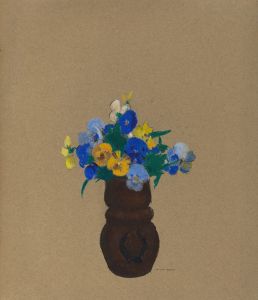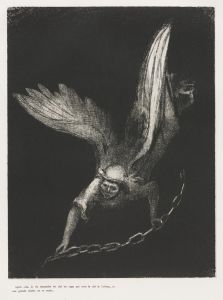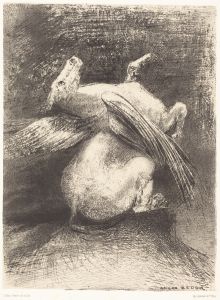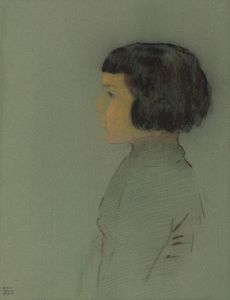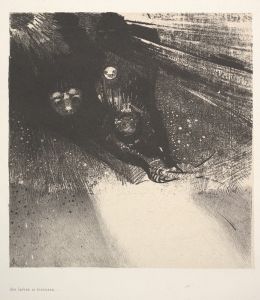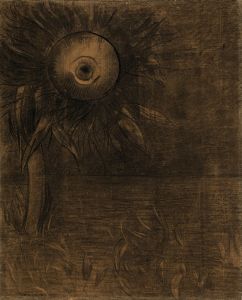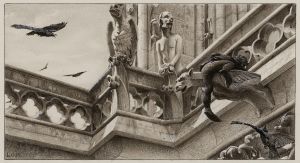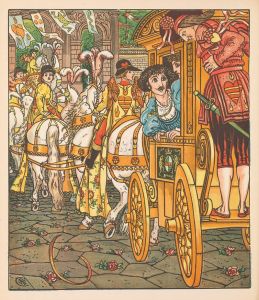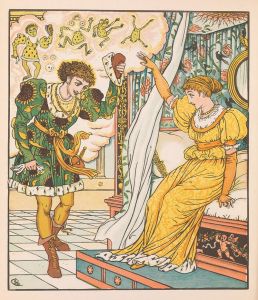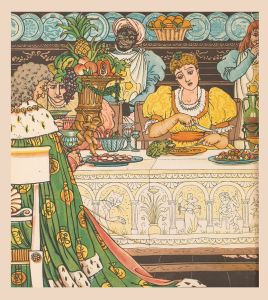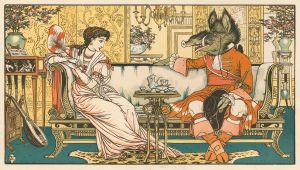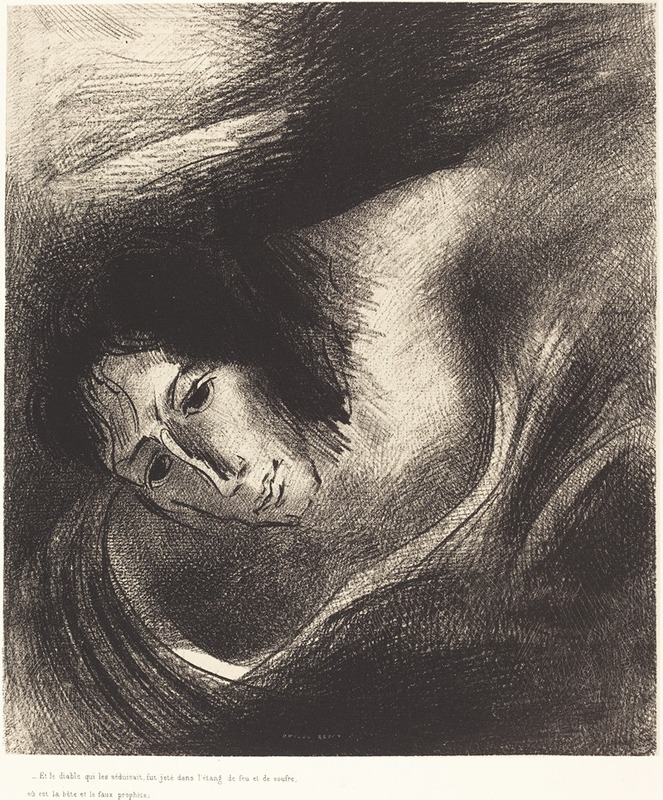
Et le diable qui les seduisait, fut jete dans l’etang de feu et de soufre, ou es la bete et le faux prophete
A hand-painted replica of Odilon Redon’s masterpiece Et le diable qui les seduisait, fut jete dans l’etang de feu et de soufre, ou es la bete et le faux prophete, meticulously crafted by professional artists to capture the true essence of the original. Each piece is created with museum-quality canvas and rare mineral pigments, carefully painted by experienced artists with delicate brushstrokes and rich, layered colors to perfectly recreate the texture of the original artwork. Unlike machine-printed reproductions, this hand-painted version brings the painting to life, infused with the artist’s emotions and skill in every stroke. Whether for personal collection or home decoration, it instantly elevates the artistic atmosphere of any space.
Odilon Redon’s artwork Et le diable qui les séduisait, fut jeté dans l’étang de feu et de soufre, où est la bête et le faux prophète (translated as And the devil who deceived them was thrown into the lake of fire and sulfur, where the beast and the false prophet are) is a notable example of the artist’s exploration of religious and mystical themes. Created in 1895, this piece is part of Redon’s series of black-and-white lithographs, which often drew inspiration from literature, mythology, and biblical texts. The title of the work is a direct reference to a passage from the Book of Revelation in the Christian Bible (Revelation 20:10), emphasizing themes of divine judgment and apocalyptic imagery.
Odilon Redon (1840–1916) was a French Symbolist artist known for his dreamlike and often enigmatic works. He worked in various mediums, including charcoal, lithography, and later, vibrant pastels and oils. During the earlier part of his career, Redon primarily focused on monochromatic works, often referred to as his "noirs," which were characterized by their use of black tones and their mysterious, otherworldly subjects. Et le diable qui les séduisait... belongs to this period and reflects his fascination with the interplay between light and darkness, as well as his interest in the spiritual and the fantastical.
The lithograph depicts a dramatic and surreal scene, consistent with Redon’s style of blending the real and the imaginary. While the exact visual details of this specific piece are not widely documented, Redon’s works from this period often feature ethereal figures, grotesque creatures, and symbolic elements that evoke a sense of mystery and introspection. The imagery in this piece likely aligns with the apocalyptic tone of its biblical reference, portraying the ultimate defeat of evil forces.
Redon’s work was influenced by a variety of sources, including the Bible, classical mythology, and the writings of Edgar Allan Poe. His art often sought to evoke emotional and spiritual responses, rather than adhering to strict realism or narrative clarity. As a Symbolist, Redon was part of a broader movement that sought to express ideas and emotions through symbolic and often ambiguous imagery.
Today, Et le diable qui les séduisait... is recognized as an important example of Redon’s lithographic work and his engagement with religious and philosophical themes. It exemplifies his ability to transform literary and scriptural references into haunting and imaginative visual compositions. The piece is housed in various collections and continues to be studied as part of Redon’s broader contribution to Symbolist art.






